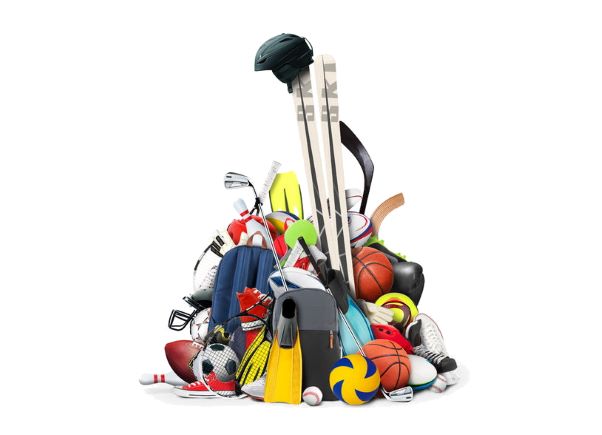This test is run by .
Note that your final mark will not be saved in the system.
Note that your final mark will not be saved in the system.
B1 Different types of sports clothing and equipment required for participation GapFill
Target Level
Pass
Running Total
0
0%
Attempt
1 of 3
You must fill all the gaps before clicking ‘Check Answers!’

Equipment for use in sport and physical activity is critical for safe and successful participation. The national governing body for each sport will provide guidance on the acceptable types of equipment that can be used for that sport. Equipment can be used for various purposes. The table below shows the main uses and provides some examples that may be used in different sports for each.
| Use | Examples |
| Participation |
|
| Travel | Kayaks, canoes, bicycles and |
| Scoring |
|
| Fitness training |
|
| Protection and safety | To protect different areas of the body, e.g:
Another important piece of safety equipment in swimming are floatation devices to protect less-proficient swimmers from drowning. These include armbands for children, floating waist belts and swim buoys. First-aid equipment is also used for the protection and safety of participants. Typical items include for soft-tissue injuries, plasters and bandages for scrapes and cuts, and a in the event that someone goes into cardiac arrest. |
| Assistance with disabilities | People with physical disabilities use specialist sport wheelchairs designed with the characteristics needed for sport, such as being lightweight for speed and having wheels for sharp turns. Sport-specific equipment may also be adapted for people with disabilities, such as the use of a ball for people who are visually impaired. |
| Officiating | The main pieces of equipment for officials are a whistle to draw attention, and a microphone and an earpiece to communicate with . |
| Performance analysis | Technological advances have resulted in performance analysis equipment used by sport and physical activity participants. Examples include:
|